How To Pick The Best Garmin Watch For You
I’ve tested all the best Garmin watches and fitness trackers launched in the last few years, here are the standout options
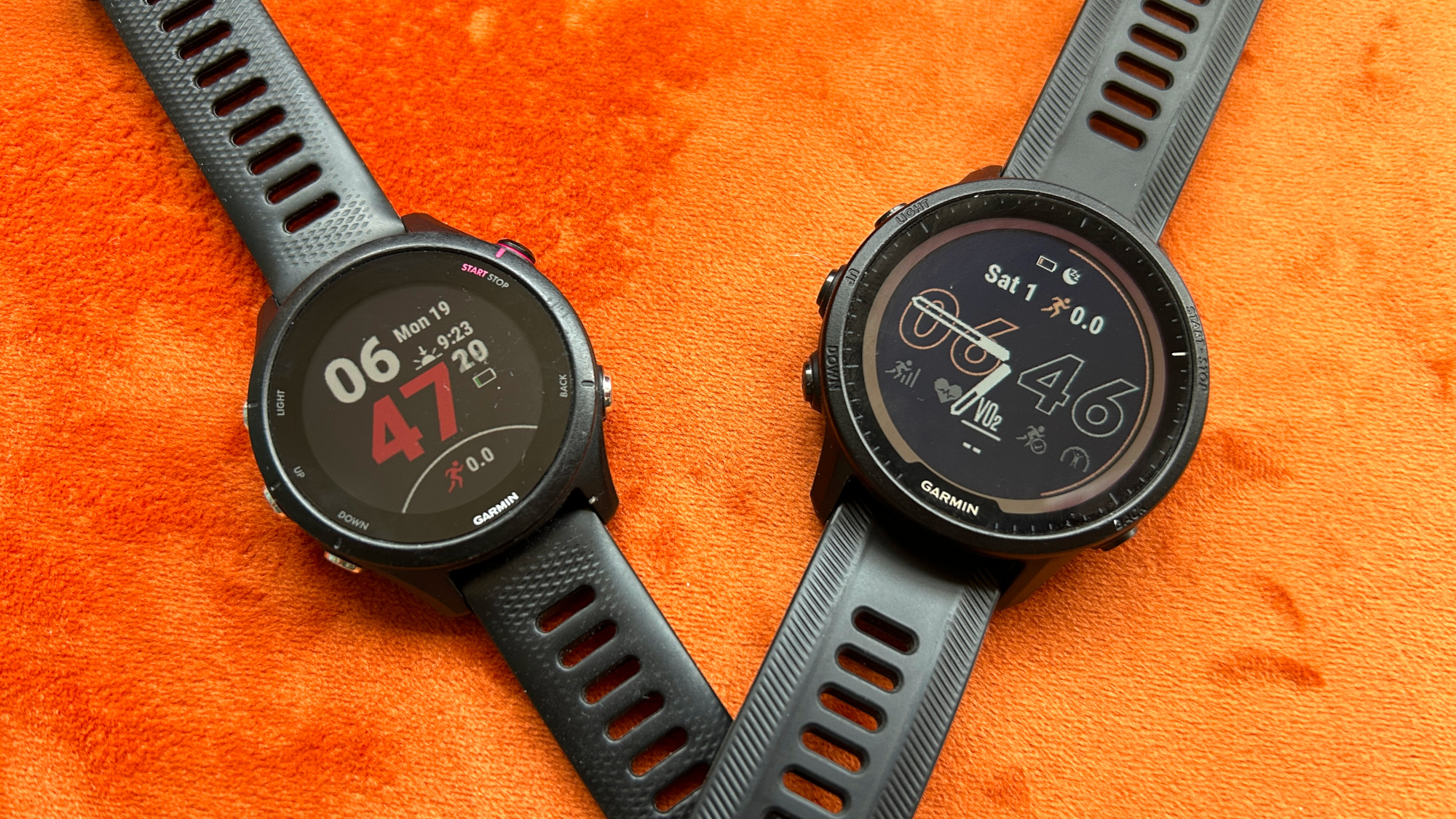
The list in brief ↴
1. Best overall: Garmin Forerunner 265
2. Best for running: Garmin Forerunner 165 Music
3. Best for cycling: Garmin Forerunner 255
4. Best for triathlon: Garmin Forerunner 955
5. Best for swimming: Garmin Swim 2
6. Best smartwatch: Garmin Vivoactive 5
7. Best for hiking: Garmin Fenix 7X
How we test
Picking the best Garmin watch isn’t easy. The main reason: Garmin itself. The company has many watches in its range and while that means there will almost certainly be one that matches your preferences, it can be hard to find that watch without spending ages researching the differences between the devices.
You can, however, leave all that to me because I’ve tested pretty much every Garmin device that’s been released in the last five years and know the range like the back of my hand. Or wrist, in this case.
Garmin is renowned for making some of the best sports watches and running watches. Whatever your favorite form of exercise, the company has a device for you. I’ve picked out the best Garmin watch for a range of sports, along with my top overall pick that offers the best balance of value and features.
The quick list
Here’s a run-through of the top Garmin watches available in the most important categories. Click on any watch here to jump to its entry in the main list below.
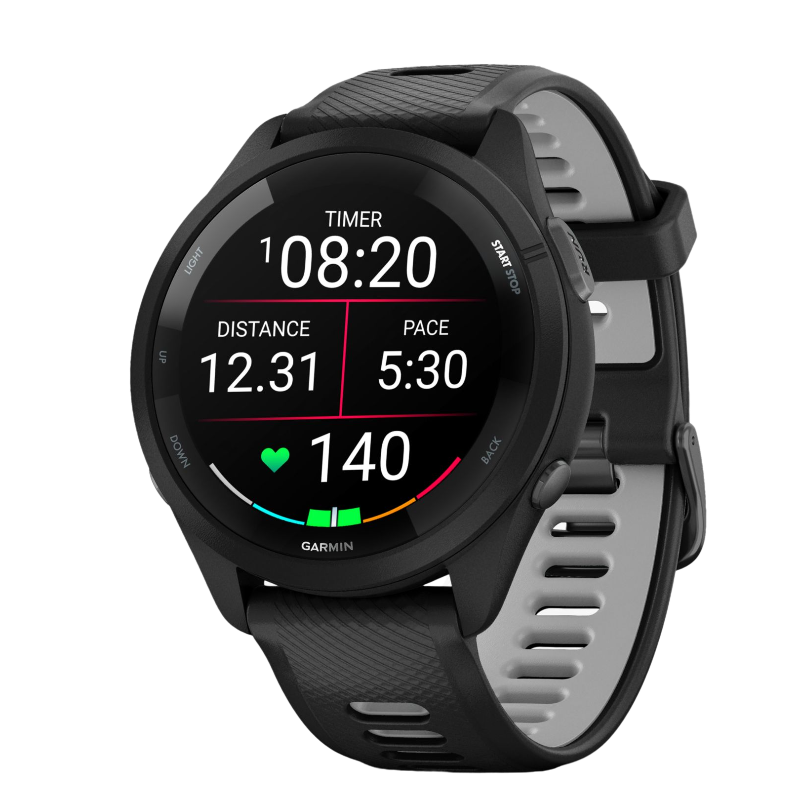
Best overall
The Garmin Forerunner 265 is an attractive multisport watch with an AMOLED screen that has most of Garmin’s best features at a lower price than the top watches in the company’s range. Unless you need maps, this is the best Garmin going.
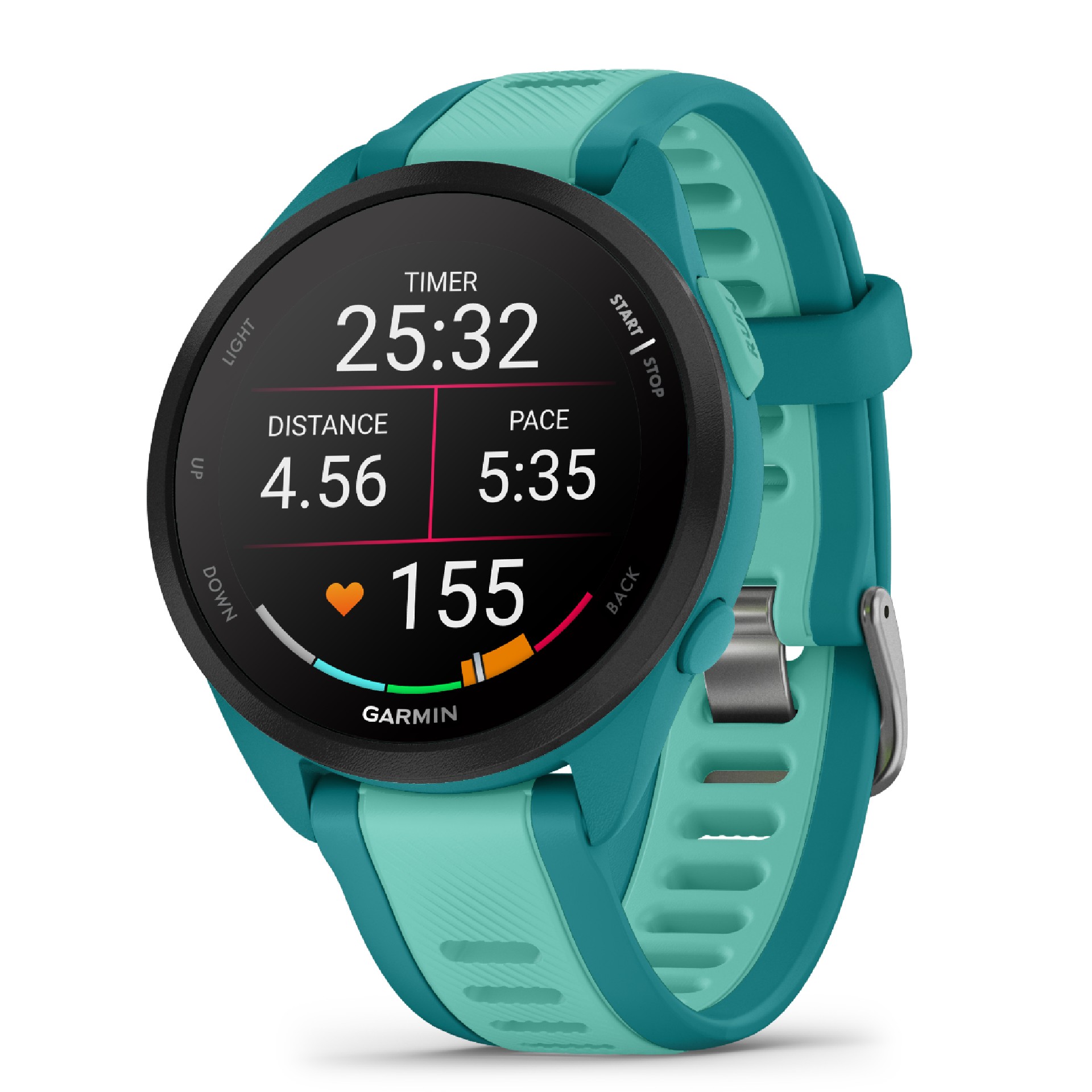
Best for running
The entry-level AMOLED watch in the Forerunner range is perfect for runners looking for a device that nails the basics and offers the key features you need, while adding useful extras like breadcrumb navigation and music storage.
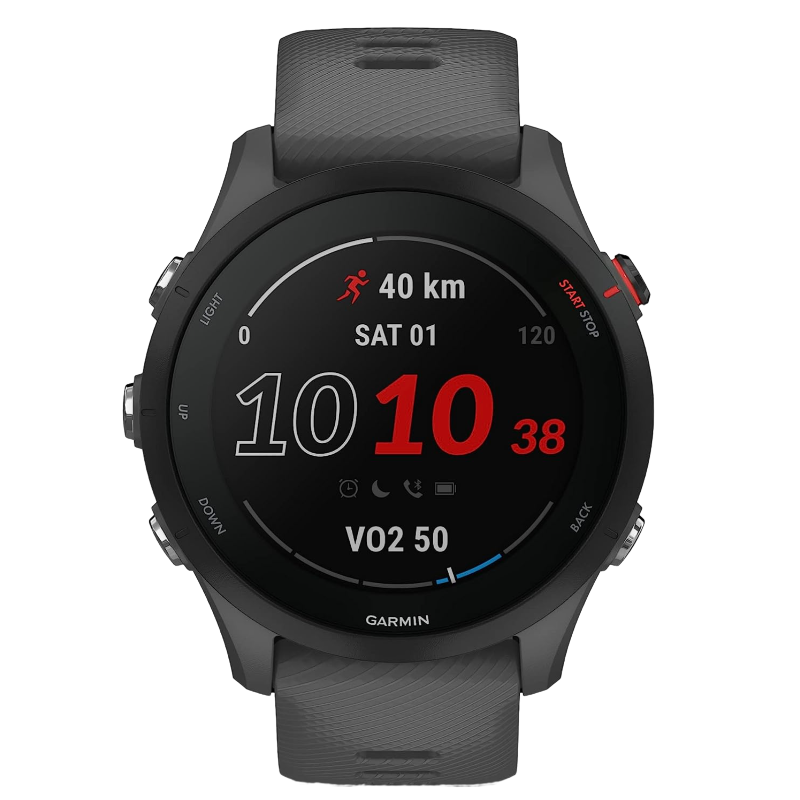
Best for cycling
The Forerunner 255 is an older watch but still a top option, and ideal for cyclists thanks to the power sensor support it offers, along with a multisport mode for triathlons. It also has breadcrumb navigation and useful training analysis.
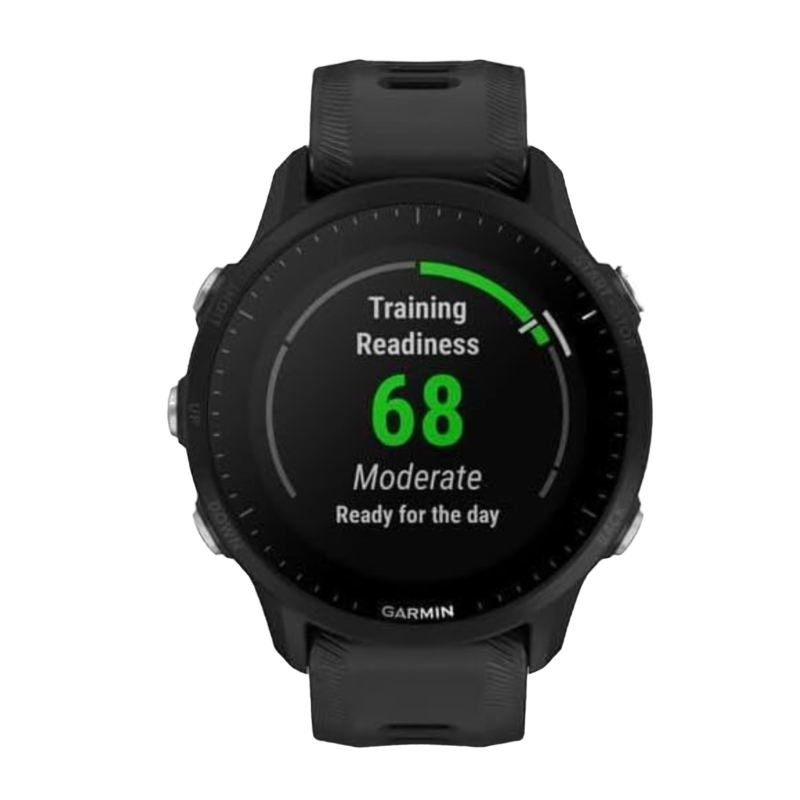
Best for triathlon
The Forerunner 955 is the cheapest watch that has all of Garmin’s top features, including maps. It’s great for triathletes tackling events of any distance as a lightweight alternative to the Fenix and Epix ranges.
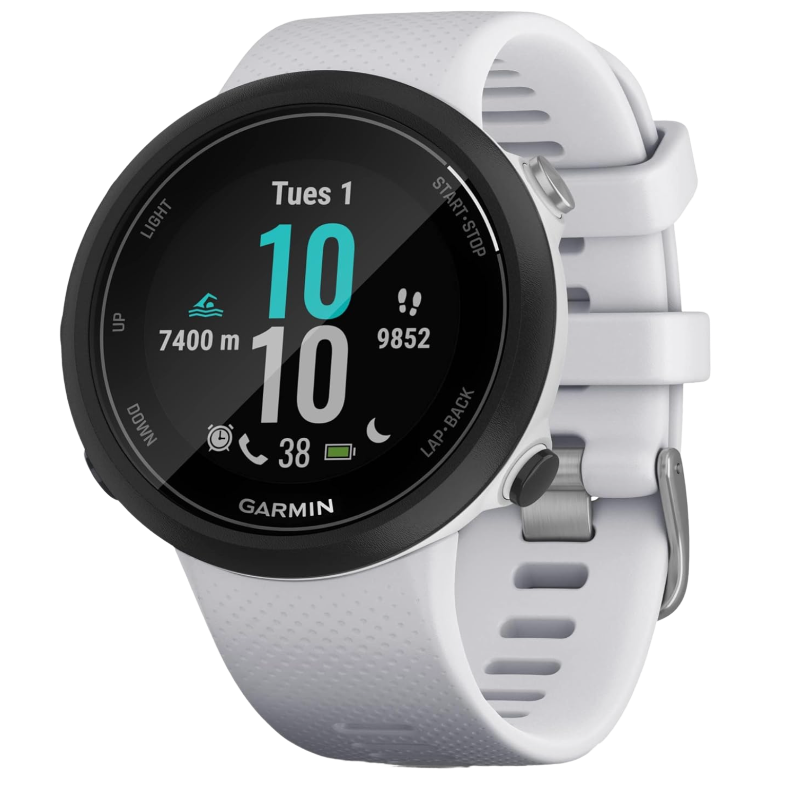
Best for swimming
You can get the same great swimming features from any top Garmin multisport watch, but if you only swim then the Swim 2 is the cheapest way to get those features in a dedicated device for the pool and open-water workouts.
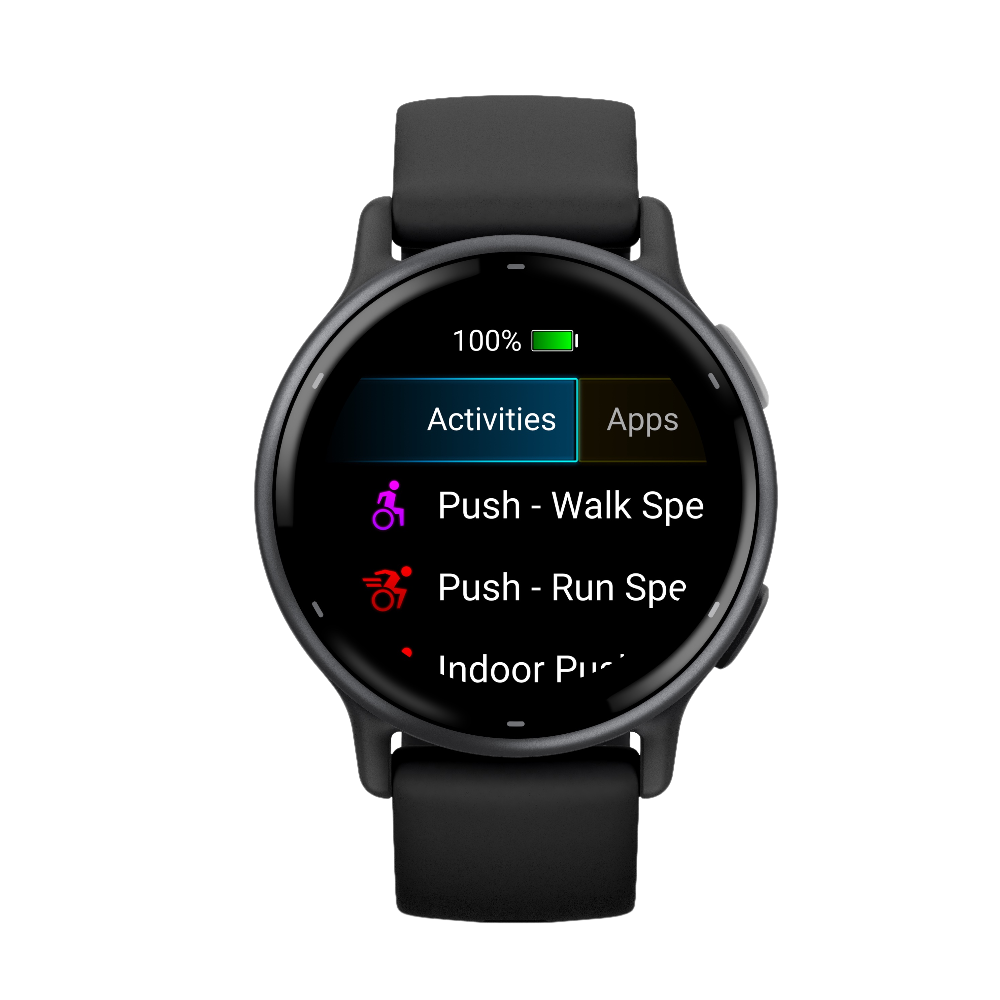
Best smartwatch
Garmin’s smart features are the same across several watches and there are advantages to more expensive options like the Venu 3 or Epix 2, but the Vivoactive 5 is an affordable and attractive watch with music, NFC payments and access to the Connect IQ app store.
Load the next 6 products ↴
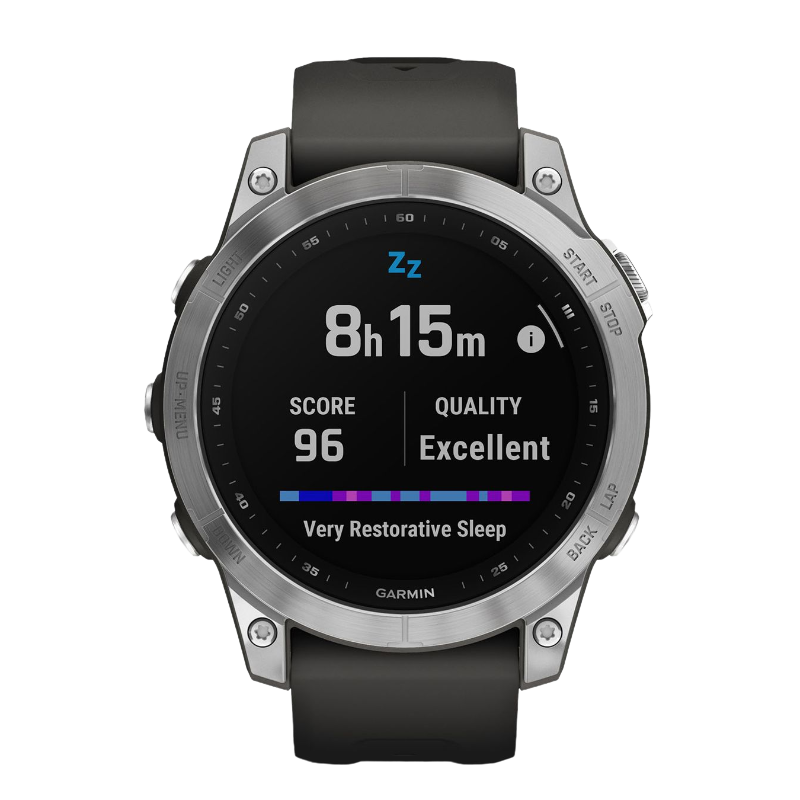
Best for hiking
The Fenix 7X is a rugged watch with long battery life and maps, making it ideal for hikers. I’ve picked the larger Fenix 7X over the standard 7 because it has a built-in flashlight, which is handy for when you’re out hiking.
How I Test Garmin Watches

I’ve been testing sports watches from many brands for more than five years and I’ve tried almost every Garmin released in that time: from the top-of-the-range Fenix and Marq watches to entry-level devices like the Forerunner 45. I’m primarily a runner and usually log 50-80 miles a week. I also test the devices with a range of other workouts including cycling, strength sessions and yoga. I test heart rate accuracy against a chest strap, and I’ve spent many hours poring over GPS tracks to check the accuracy of watches.
In this round-up I’ve aimed to pick out the most affordable option in each category that still ticks the key boxes for that sport/purpose. If you’re not worried about spending big and you just want the best Garmin available, the TL;DR is that the Garmin Epix Pro 51mm is the one to go for.
Best overall
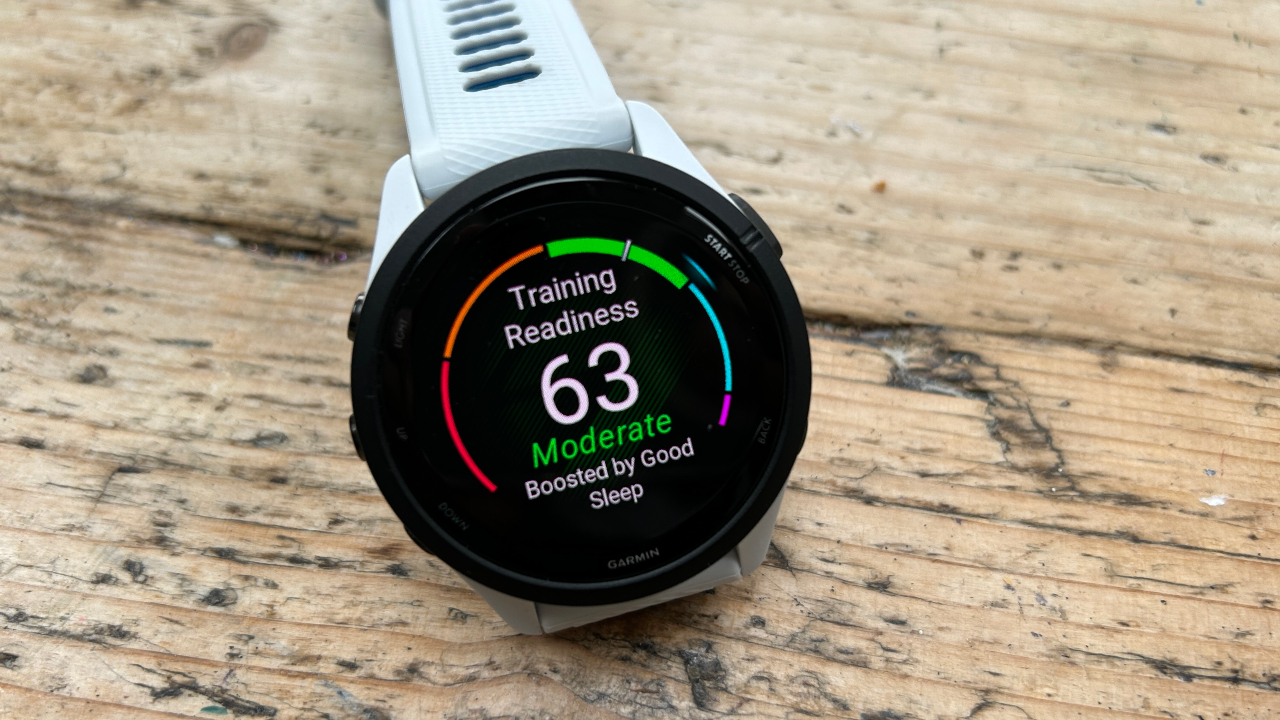
Specifications
Reasons to buy
Reasons to avoid
The Forerunner 265 is a multisport watch with an AMOLED screen that offers useful training analysis, including Garmin’s readiness rating, on top of accurate sports tracking and smart features. It’s a great all-rounder that will suit you whatever your preferred sport is, and it’s a good smartwatch and general fitness tracker, too.
The price is still high, but the Forerunner 265 is considerably cheaper than top watches like the Forerunner 965 and Fenix/Epix ranges, which offer maps, longer battery life and more durable designs as an incentive to upgrade. If you aren’t fussed about the AMOLED display of Garmin’s training readiness feature, then the Forerunner 255 is a good, cheaper alternative to the Forerunner 265. Explore the differences between the two with my Garmin Forerunner 265 vs Garmin Forerunner 255 comparison.
Read more in my Garmin Forerunner 265 review
Best for running
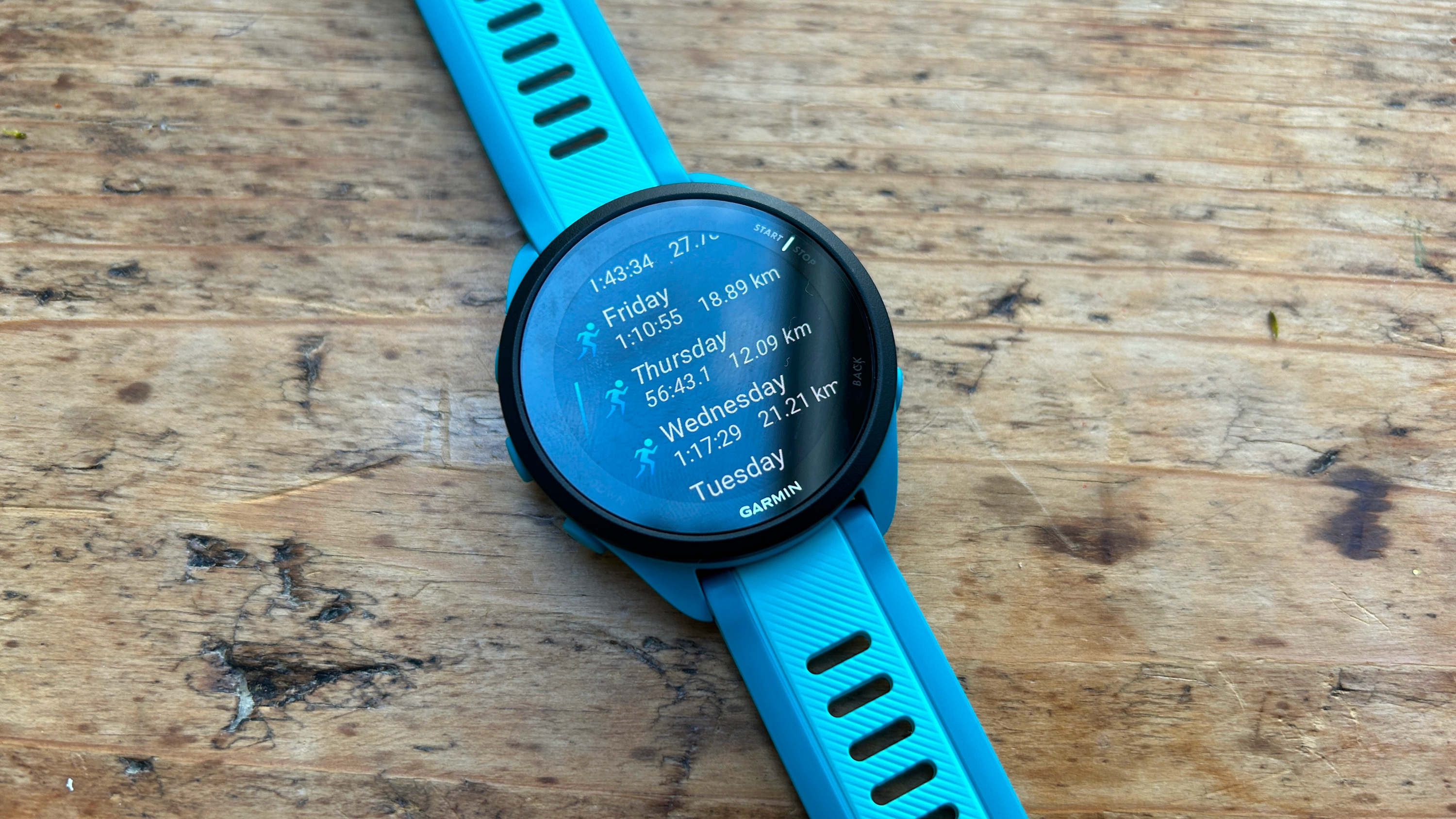
Specifications
Reasons to buy
Reasons to avoid
The Forerunner 165 Music is the brand’s entry-level AMOLED watch and a great option for runners. It provides accurate GPS tracking (though it’s a shame it doesn’t have dual-band GPS as with more expensive Garmin watches), structured workouts and training plans you can follow on the watch, plus music storage and breadcrumb navigation.
If you find the Forerunner 255 in a deal for around the same price as the Forerunner 165 then that would be a strong alternative for those who don’t need or want an AMOLED screen, since the 255 has more insightful training analysis and dual-band GPS tracking. I’ve gone into more detail on the differences between the two in this Garmin Forerunner 255 vs Garmin Forerunner 165 article.
If you’re just starting out with running the cheaper Forerunner 55 is another good option that does the basics well.
Read more in my Garmin Forerunner 165 review
Best for cycling
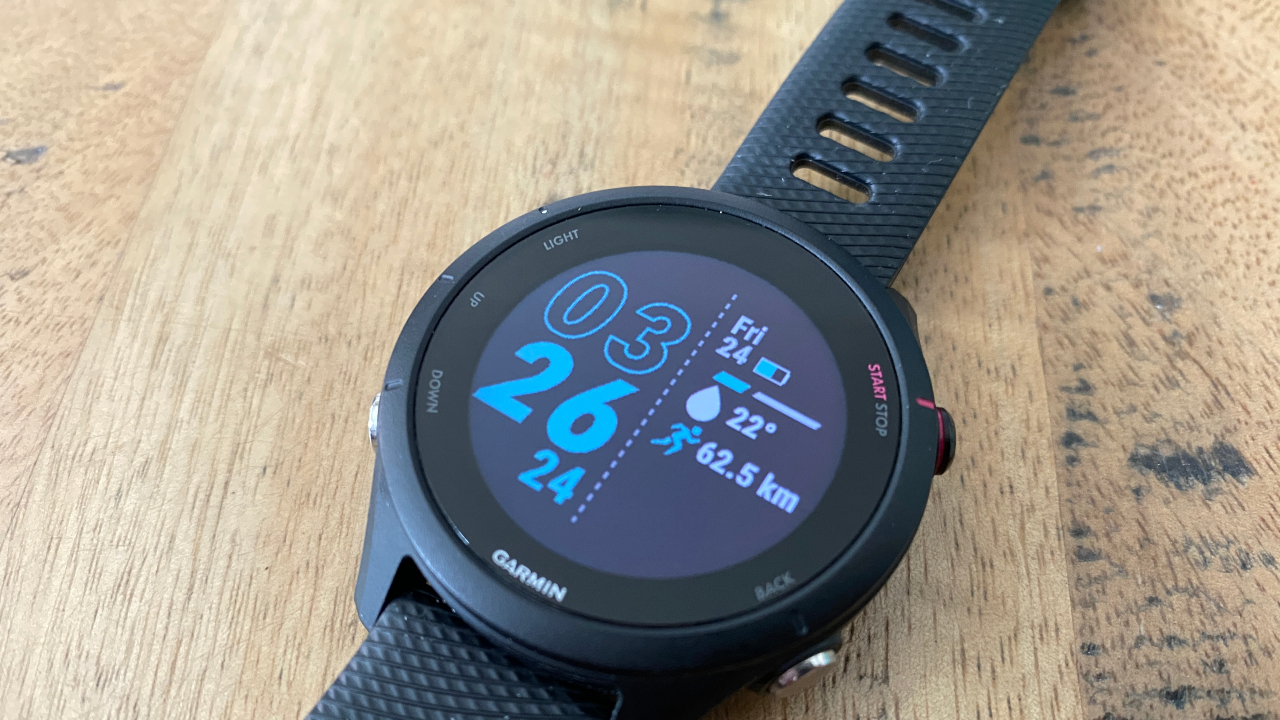
Specifications
Reasons to buy
Reasons to avoid
Assuming you can find it in a sale (usually easy as it’s an older watch), the Forerunner 255 is the best-value Garmin watch, and could be the pick in a number of categories in this round-up. I’ve singled it out for cyclists as a more affordable option that has key features like power sensor support and a multisport mode, which you don’t get on cheaper Forerunners and Garmin smartwatches.
If you want an AMOLED display and training readiness the Forerunner 265 is a possible upgrade, or you could go up to the Forerunner 955 or 965 to get maps as well. You could also save by getting an entry-level watch like the Forerunner 55 and splash out on a Garmin bike computer instead, which is easier to view during rides.
Read more in my Garmin Forerunner 255 review
Best for triathlon
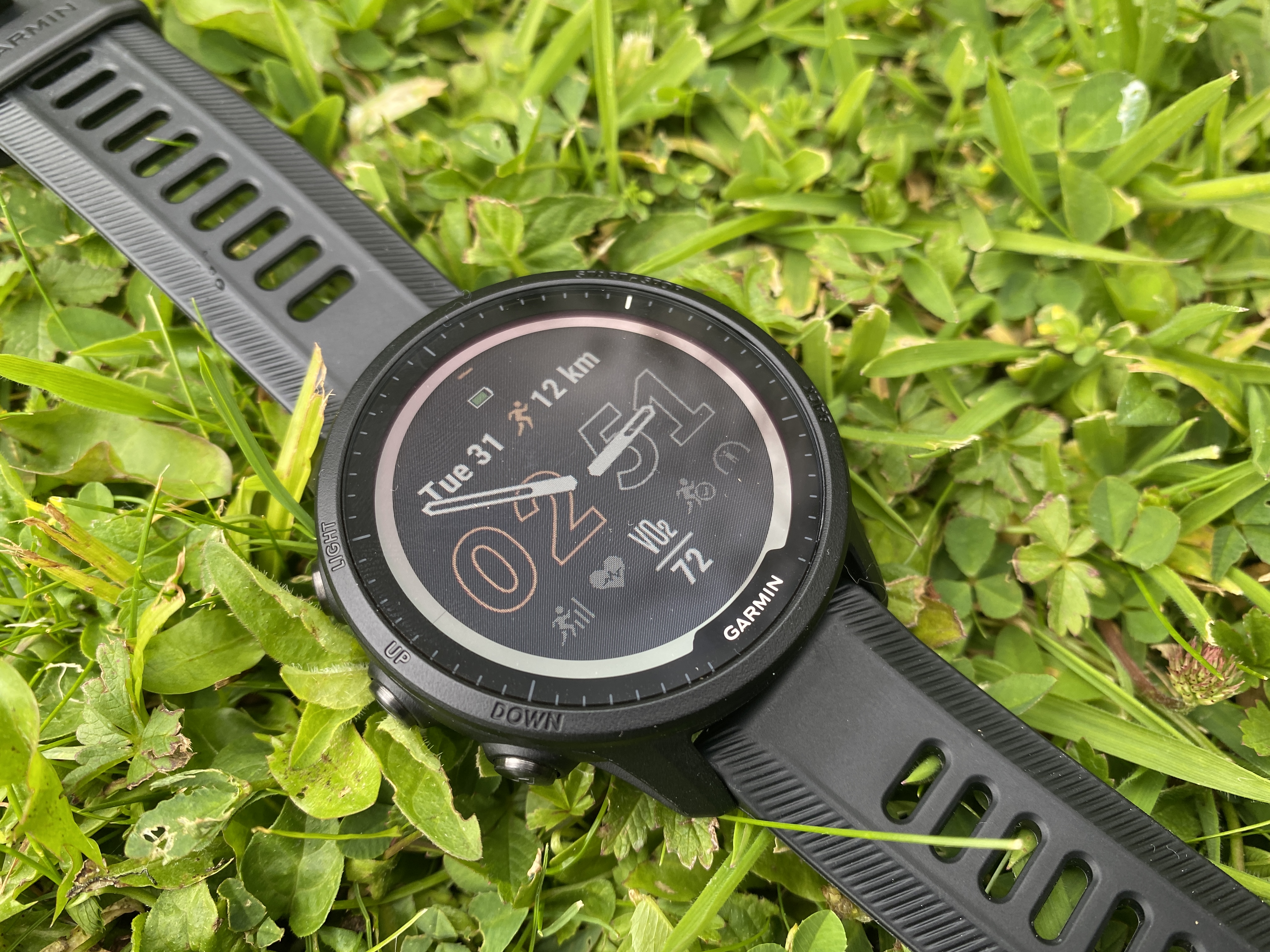
Specifications
Reasons to buy
Reasons to avoid
Another old-but-excellent watch, the Forerunner 955 packs in the same excellent multisport features as the newer Forerunner 965 (minus the AMOLED display), and Fenix/Epix ranges, into a lightweight plastic design with an LCD display. It’s a better pick than the Forerunner 255 and 265 for triathletes tackling longer events in particular, since the extra battery life you get from the Forerunner 955 will be handy in an Ironman, for example. It supports all the sensors you need and will automatically transition between sports during multisport events.
The Forerunner 965 does all of the above and has a bright AMOLED display and a titanium bezel, to increase its durability a little, and of course triathletes are well served by the excellent Fenix 7 and Epix ranges, which have more durable designs than the 955 and come in a range of sizes. If you’re sticking to shorter races and don’t need maps, then the Forerunner 255 and 265 watches are also excellent for triathletes. See how the Forerunner 955 stacks up in my comparison of it alongside the Forerunner 255.
Read more in my Garmin Forerunner 955 review
Best for swimming
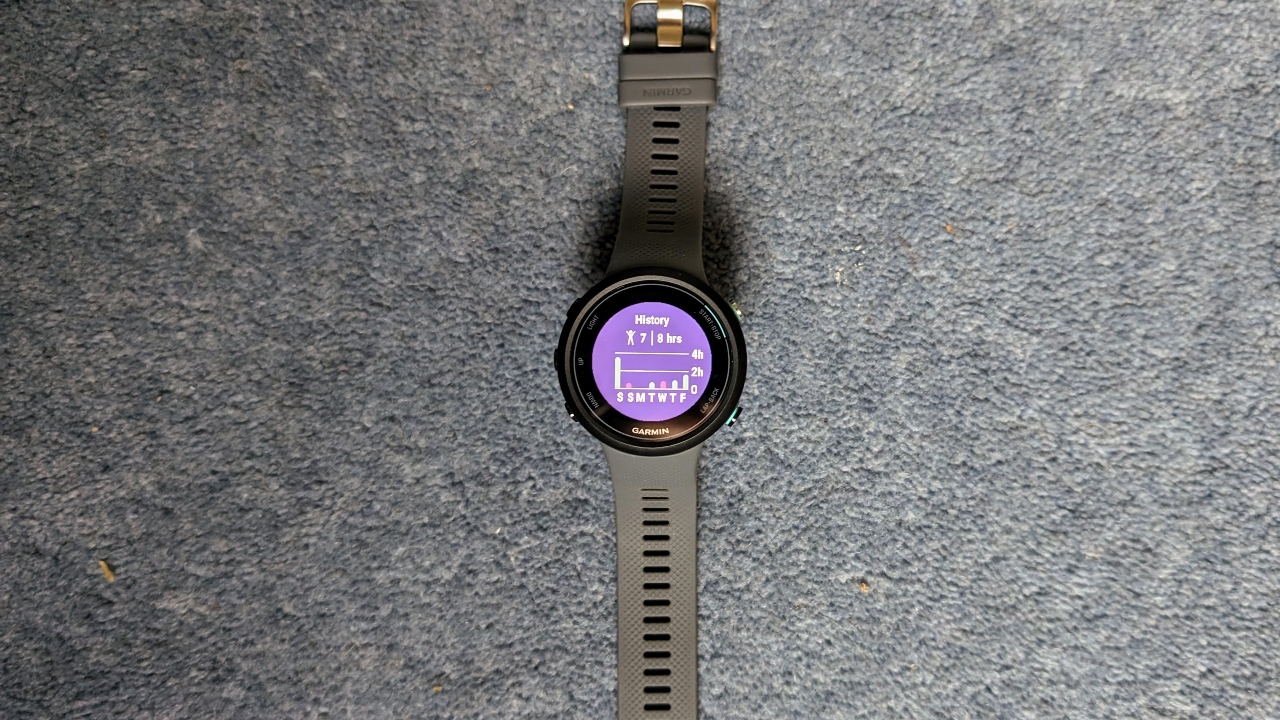
Specifications
Reasons to buy
Reasons to avoid
Most of the watches in Garmin’s range offer a lot to swimmers and if you also do other kinds of activity I’d suggest opting for a more rounded watch, such as the Forerunner 255 or 265, which match the swimming features of the Garmin Swim 2. However, if you just swim the Swim 2 is a cheaper alternative that has all the features you need to track pool and open-water workouts.
It’s a lightweight watch and records swimming-focused metrics, including distance, pace, stroke count, stroke type and Swolf. You can set up and follow swimming workouts on the watch and use it to measure your critical swim speed, which is an indication of your aerobic swimming threshold.
Read more in my Garmin Swim 2 review
Best smartwatch

Specifications
Reasons to buy
Reasons to avoid
The Vivoactive line is one of two dedicated smartwatch lines within Garmin’s range, along with the Venu line, but the same smart features are found across a wide array of Garmin devices. These include music storage, NFC payments, notifications and access to the Connect IQ apps store (which is limited compared with the Apple or Google app offerings).
You get all of this on the Vivoactive 5 at a lower price than other smart Garmins, aside from the cheaper Venu Sq watches, which are not as attractive and enjoyable to use in my experience. If you upgrade to the Venu 3 you get a mic and speaker, which is a handy feature in a smartwatch, and you do get better sports tracking and training analysis from the likes of the Forerunner 265, which also has the same smart features as the Vivoactive 5.
Read more in my Garmin Vivoactive 5 review
Best for hiking
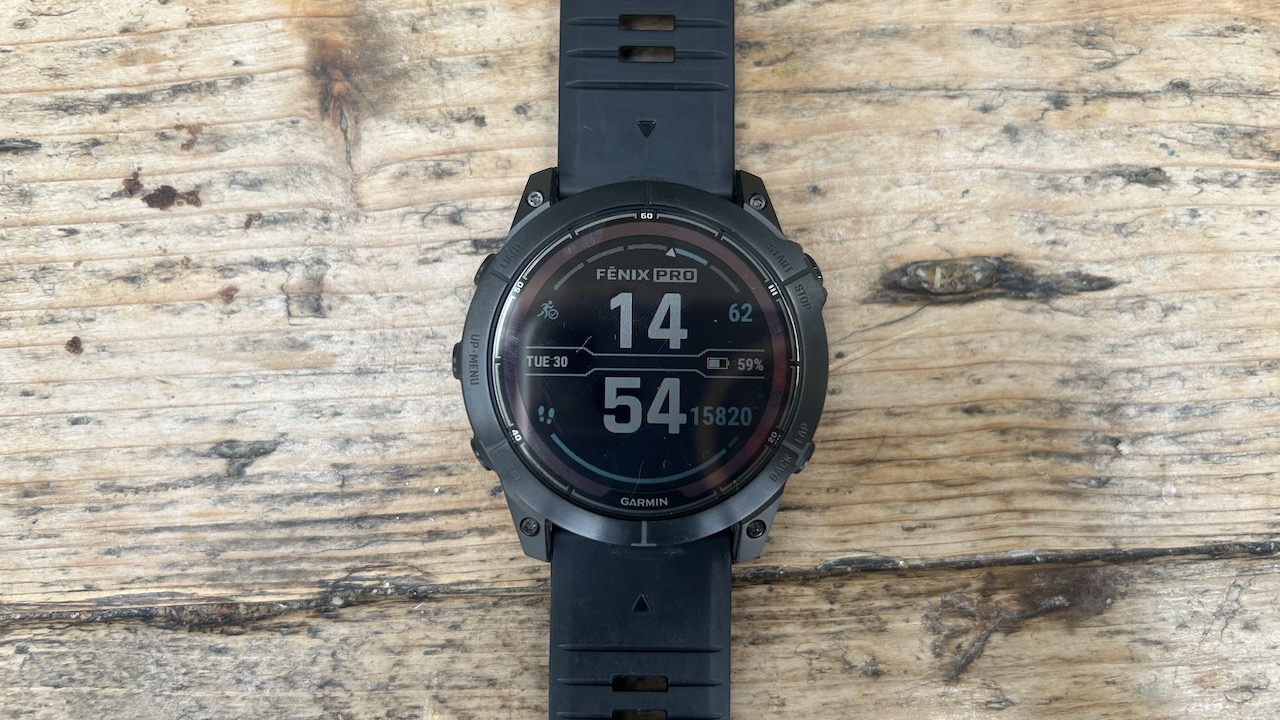
Specifications
Reasons to buy
Reasons to avoid
Hikers heading on adventures in the great outdoors will benefit from the long battery life of Garmin’s Fenix and Enduro watches, which also have maps to help you navigate. The Fenix 7X Solar has solar panels around the outside of the face to extend the battery life more in sunny conditions, and I’ve picked it out over the smaller Fenix 7S and 7X because it has a built-in flashlight, a handy extra for those who camp in particular.
The newer Fenix 7 Pro range all have built-in flashlights but you pay more for a watch that otherwise isn’t an upgrade on the Fenix 7 range. The Enduro 2 has a flashlight and the longest battery life, but is expensive. A cheaper option for hiking than the Fenix 7X is the Garmin Instinct 2 Solar, which doesn’t have maps, but does have a rugged design, breadcrumb navigation and long battery life. My head-to-head comparison pits the Fenix 7 against the Enduro 2.
Read more in my Garmin Fenix 7X Solar review
Get the Coach Newsletter
Sign up for workout ideas, training advice, reviews of the latest gear and more.

Nick Harris-Fry is a journalist who has been covering health and fitness since 2015. Nick is an avid runner, covering 70-110km a week, which gives him ample opportunity to test a wide range of running shoes and running gear. He is also the chief tester for fitness trackers and running watches, treadmills and exercise bikes, and workout headphones.
